A backyard pavilion is a great way to extend your outdoor living space and add value to your home. Whether you’re looking for a place to entertain guests or just somewhere to relax, building a backyard pavilion can be an enjoyable and rewarding experience. With the right tools, materials, and instructions, you can create an attractive and functional addition to your yard in no time. In this guide we will walk you through everything you need to know about how to build a backyard pavilion from start-to-finish.
Free DIY Pavilion Plans
Before you can build a backyard pavilion, you’ll need to choose the right plans. Fortunately, there are plenty of free DIY pavilion plans available online that you can use as a starting point.

Take some time to find a design that meets your individual needs and style preferences. Make sure the plan includes detailed instructions and diagrams for each step in the process.
Build a Timber Framed Pavilion Gazebo
- Choose the area for your gazebo. Clear the site of any debris and level it out as much as possible.
- Mark out the perimeter of your gazebo using wooden stakes and string. The shape can be square, rectangular, or circular depending on your preference.
- Dig a trench around the perimeter of the gazebo site and line it with landscape fabric to inhibit weed growth. Fill the trench with concrete and let it set for a minimum of 24-hours.
- Nail together wooden joists to form the frame for your gazebo. Depending on size, you will need 4-6 joists. Space them evenly around the perimeter of the trench.
- Secure the joists to the concrete with deck screws and a drill. Make sure they are level and even before securing.
- Nail together the cross beams and secure them with deck screws to the joists. Make sure they are even and level.
- Secure the roof joists to the cross beams and secure with deck screws and a drill.
- Cover the roof joists with roofing felt and secure it with nails or staples.
- Place the shingles on top of the roofing felt, making sure to overlap them as you go. Secure with nails or staples.
- Build the walls of your gazebo by nailing together wooden boards. Secure the walls to the joists with deck screws and a drill.
- Finish off your gazebo by adding latticework and decorative trim. [1]
Basic 10 x 12 Backyard Pavilion
Making the foundation of your backyard pavilion is an important part of making sure that it lasts. The foundation should be made out of concrete, and you should dig the hole for it at least 8 inches deep. Once your concrete has dried, place a frame of pressure-treated lumber around the base. Make sure to use screws to secure the pieces together and that they are level.
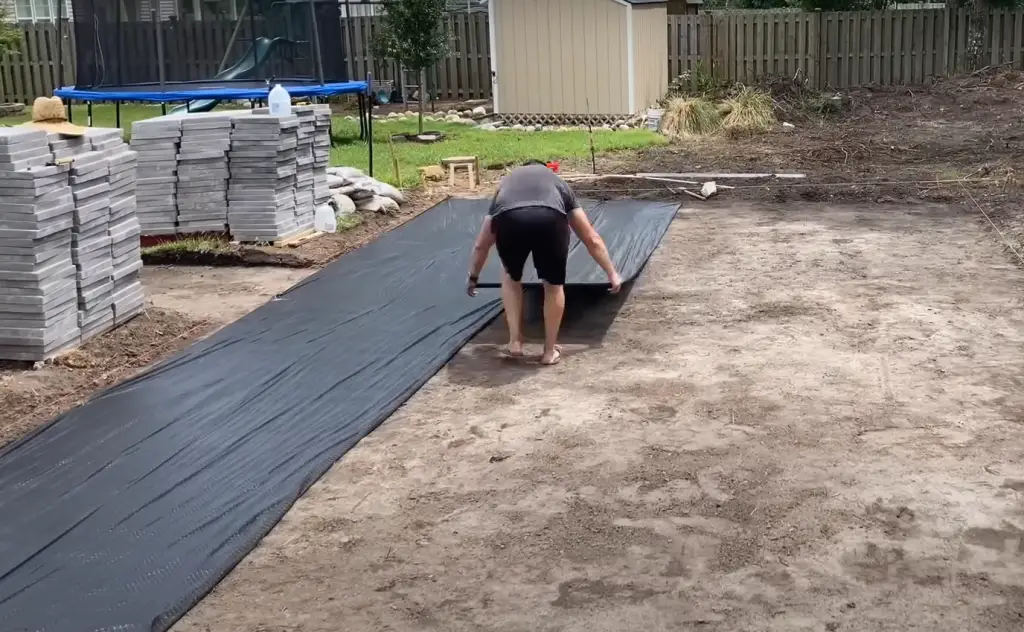
Once your frame is in place you can begin constructing the rest of the pavilion. Start by attaching four posts to each corner of the frame. Make sure that they are level and attached using screws or bolts. You can then begin to lay down the flooring, which should match the material you used for the frame.
Next, you can begin to assemble the roof. Start by laying down 2x4s along the edges of the pavilion, creating an A-frame shape. Secure these with screws and make sure that they are level. Then attach the plywood on top, again using screws. Finally, you can put down shingles or tar paper to cover the roof and protect it from the elements.DIY Pavilion Build Using Heavy Logs
Building a backyard pavilion is a great way to create a gathering place for family and friends. The best materials for building a pavilion are heavy logs. Make sure the logs are big enough in diameter, length and weight so that they can support the roof of the structure. To ensure that your pavilion stays sturdy, you will need to use a few tools such as a chainsaw, drill, chisel and hammer.
Three Gable Timber Pavilion
Here are the steps you’ll need to take:
- Determine the size and location of the pavilion. Make sure it suits your needs and fits in with the landscape.
- Measure and cut all required lumber members. Make sure you use proper safety equipment and follow all local building codes.
- Lay out the floor joists on top of a leveled foundation, arranging them so they are spaced evenly apart.
- Build the walls by attaching the vertical studs to the floor joists.
- Secure plywood to the roof rafters, using roofing felt paper and nails.
- Attach the gable ends to the roof, making sure they are level and square with the walls.
- Install siding or other exterior materials around the pavilion, as desired.
- Add any desired decorative features such as trim moldings or shutters.
- Seal all joints with caulking or other waterproofing materials. [2]
Premium DIY Pavilion Kits
Upgrade your outdoor space with a luxurious backyard pavilion. Pavilions instantly transform any backyard into an entertainment oasis that can be enjoyed for years to come.
Affordable DIY Gazebo Pavilion Kit
If you don’t have the time or money to build a gazebo from scratch, there is an option which could be easier and more cost-effective. A DIY Gazebo Pavilion kit is a great choice for those who don’t want to take on the challenge of building a gazebo from scratch. These kits come with all the materials you need, including pre-cut lumber and components such as roof trusses, posts, rafters and more.
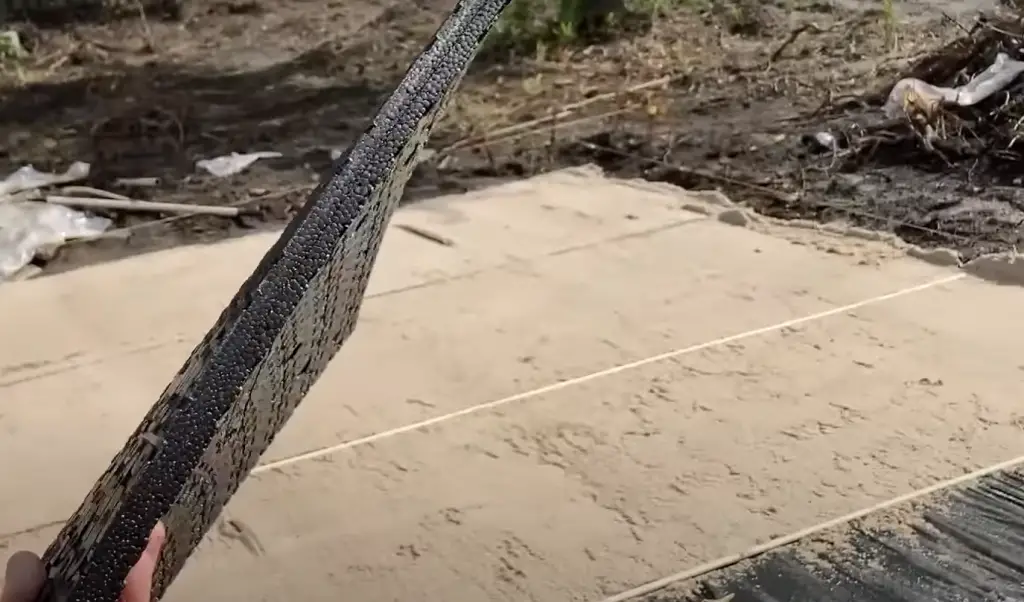
The benefit of a gazebo kit is that you can easily assemble it yourself in just a few hours and you can customize it to your own specifications. You will also find many styles of gazebo kits that are designed to fit any backyard and landscape. If you want a more traditional look, there are kits available that come with classic wood and lattice designs or even metal frames.
Large Backyard Pavilion with Gabled Roof
Building a large backyard pavilion with a gabled roof is the perfect way to add extra living space or entertainment area to your yard. This style of pavilion can provide more shade and shelter from the sun and rain. It also adds an attractive feature to your outdoor space that can be used for entertaining, relaxing or just enjoying the scenery.You’ll want to begin by measuring your space and determining the size of the pavilion you want to build. Next, you’ll need to mark out the area for your pavilion and clear away any debris or rocks from the site. You’ll then need to lay out the foundations for your pavilion by digging holes for the posts and setting them in place. Once the posts are secure, you can begin constructing the frame of your pavilion by adding beams and joists to create a strong foundation. Once the frame is complete, you can install the rafters and gables to create a roof. Finally, you’ll need to add your final touches such as shingles and trim, as well as any furniture or decorations you want to add to complete your backyard pavilion. [3]
The Weekender Pavilion
The Weekender Pavilion can be built in three easy steps:
- Assemble the Posts: Begin by assembling the four posts that will form the frame of your pavilion. Cut your posts to the desired length and attach them together using screws, nails, or bolts. Make sure that the posts are level before continuing.
- Attach the Roof: Once the posts are assembled, attach the roof to the frame. Cut your roof panels to size and use screws or nails to secure them into place. Make sure that the roof panels are properly sealed against water infiltration.
- Finish: Once the roof is attached, finish building your pavilion by attaching any desired trim or siding. You may also choose to stain or paint your pavilion in a color of your choice.
Best Ideas For DIY Pavilion
If you want to build a backyard pavilion, there are several different ideas that you can explore. To get started, take some time to think about what kind of pavilion you’d like to create. Do you want something rustic that blends in with the outdoors or something more modern and contemporary? Once you have an idea of what type of pavilion you want, it’s time to start planning.
Add A Kitchen
Adding a kitchen area to your backyard pavilion is a great way to make it more functional and give it additional purpose.
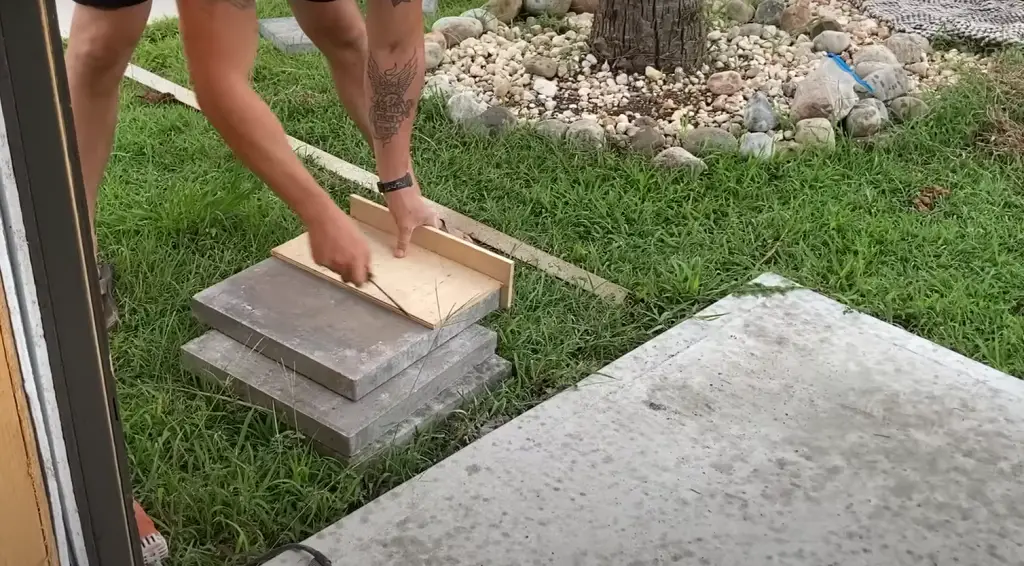
You can add a simple outdoor kitchen unit that will allow you to grill and prepare food while enjoying the outdoors. Include features like an open-flame burner, sink, and refrigerator for a more complete setup. If you are feeling ambitious, you can even add a countertop and backsplash to make your outdoor kitchen look and feel more like a real one.
Add A Swing
When you’ve got your pavilion built, the next step is to add a swing. A backyard pavilion isn’t complete without a swing, after all! Start by finding a sturdy tree or post to attach the swing to.
Then attach the swing to a sturdy rope or chain that can hold your weight securely. If you’re adding a child’s swing, make sure the rope or chain is also secure enough to hold a child’s weight. Once the swing is secured, you can enjoy the full experience of your backyard pavilion. Whether it’s a simple two-person swing or a full-sized glider, you’re sure to enjoy the fun of your backyard pavilion. [4]Add More Seating
If your pavilion will be used for entertaining, it’s likely that you’ll want to add some seating. You can opt for permanent seating, such as benches, or removable seating like lawn chairs. If you opt for the latter, make sure to measure the area where the chairs will be placed in order to buy the right size. If you choose permanent seating, consider building benches out of wood or stone. This helps to make the pavilion look more cohesive.You can also add cushions for comfort. If you are concerned about the elements, consider buying weather-resistant fabric for your cushions. Finally, you may want to consider adding lighting to the area around your pavilion. This will allow guests to linger in the pavilion comfortably, even after the sun has set. You can choose from a variety of outdoor lighting options, such as string lights or solar-powered lamps.
Epic Garden Pavilion
A backyard pavilion is the perfect way to create a dedicated outdoor space for relaxing or entertaining family and friends. With a few materials and tools, you can have a backyard pavilion built in no time. Here’s what you need to know to make it happen:
- Choose a Design
- Purchase Materials
- Prepare the Area
- Build the Pavilion
- Install the Roof
- Add Finishing Touches
- Add Some Shade
Your pavilion should provide some much-needed shade as well as a beautiful place to relax.
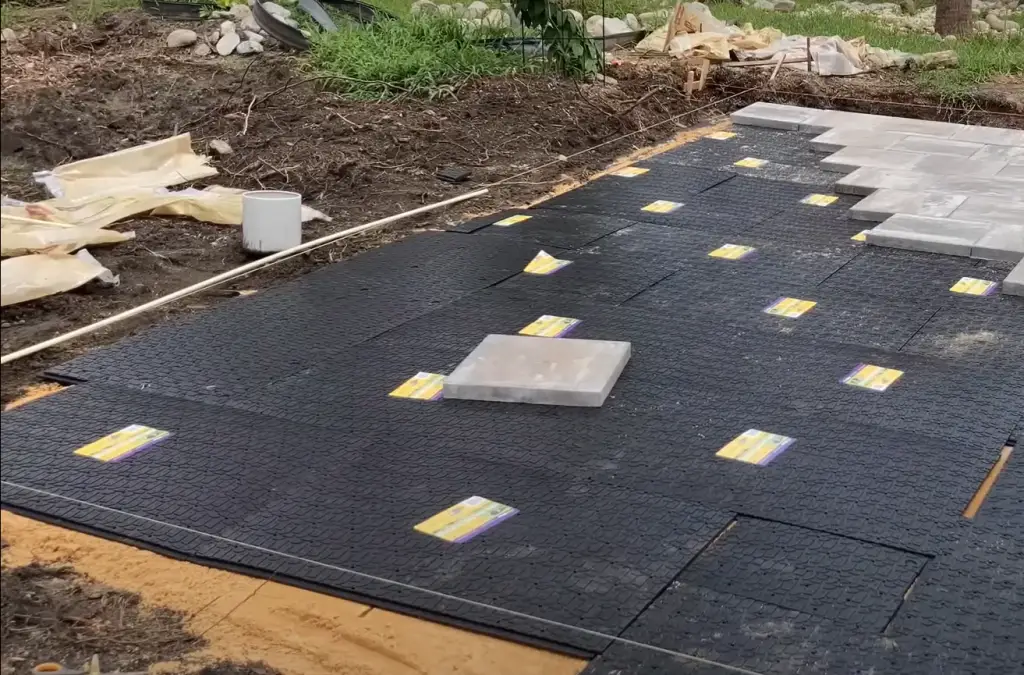
You can use an outdoor fabric such as canvas or a waterproof material to cover the roof and sides. This will keep the sun out and provide some relief from the heat. You may also want to add awnings, umbrellas, or other shading accessories for additional comfort. [5]
FAQ
Can I build my own pavilion?
Yes, you can build your own pavilion with the right tools and materials. The first step is to decide on the size, shape, and height of the pavilion that you want and then use a plan to guide your building. After that, you’ll need to gather the necessary materials such as lumber, concrete, and nails or screws. You’ll also need to create the foundation for the pavilion by digging holes in the ground and filling them with concrete. Once the foundation is in place, you’ll be ready to build the frame and walls of the pavilion. Finally, you can add the roof and finish the pavilion with stain, paint, or sealer.
How to build a garden pavilion?
Building a garden pavilion is a great way to add style and charm to your outdoor living space. With some planning, basic carpentry skills, and access to the right tools, you can construct a beautiful pavilion in your backyard that will last for years. The first step is to determine the size of the pavilion you would like to build and the location where it will go. Next, you’ll need to prepare the site. This may include leveling or grading the ground, as well as adding gravel and concrete for a solid base.Once your space is ready,you’ll need to construct the frame of the pavilion. Start by assembling a perimeter frame with pressure treated lumber and secure it with galvanized nails or screws. Then, install the rafters to create a roof structure and attach them securely with galvanized nails. To cover the roof, use corrugated roofing panels or shingles. Make sure you flash the perimeter of the roof and at any other seams to prevent leaks. Finally, add any finishing touches you would like, such as benches and awnings.
What is the average size of a backyard pavilion?
The average size of a backyard pavilion is determined by the available space in the yard and the intended purpose. Generally, an outdoor pavilion should be large enough to provide comfortable seating for guests, and could range anywhere from 12 feet by 14 feet up to 24 feet by 40 feet. It’s important to choose a size that will not overwhelm your backyard, while still being able to accommodate your needs. A pavilion should also be designed to allow plenty of space for furniture, and possible grilling areas or fire pits.
What materials are needed to build a pavilion?
Building a pavilion in your backyard requires several materials, including lumber, plywood, nails, screws, posts and a concrete slab. The lumber will need to be cut to the desired size and joined together with nails or screws. Plywood should be used for the roof of the pavilion. The roof should be securely attached to the posts and the frame of the pavilion. The posts need to be firmly installed in the ground with a concrete slab on top to provide stability for the structure. Nails and screws will be needed in various sizes for the construction.
What is the best base for a pavilion?
When it comes to creating the best base for your pavilion, there are a few different options available. The most common type of base is concrete, which is strong and durable and can easily be leveled to ensure a stable foundation. Another option is to use pavers or bricks as the base, which are easier to install but may not provide as much support as concrete. Additionally, you can use gravel or coarse sand for a less permanent base, but this will require more maintenance in the long run.
What is the best foundation for a pavilion?
When building a pavilion in the backyard, it is essential for its foundation to be strong and secure. It is best to build the foundation using concrete blocks or wooden posts.
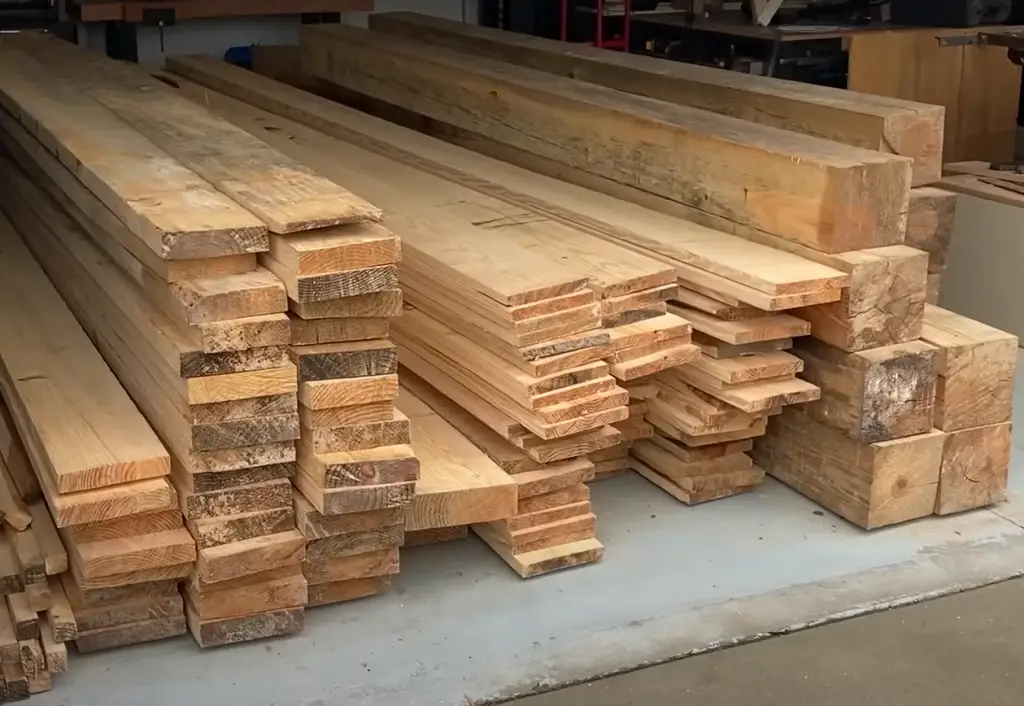
Concrete blocks are the most common choice, as they provide a solid and sturdy base. If you choose to use wooden posts, be sure to use pressure-treated lumber for durability. It is important to make sure that the foundation is level so that the pavilion will be able to withstand the elements. For extra stability, you can also add gravel or sand to the base of the foundation. Once the foundation is level and secure, you can begin building your pavilion.
What is the best material for a pavilion?
The best material for a backyard pavilion depends on your climate and budget. If you live in an area that gets heavy rain or snow, you’ll want to use a more weather-resistant material like wood, vinyl, or metal. If your climate is relatively mild and you have a larger budget, you may want to use stone or brick. For a more affordable option, you can choose treated lumber or composite materials like Trex® Decking. Just make sure whatever material you choose is suitable for outdoor use and can withstand your climate’s elements. Additionally, it’s important to check your local building codes and regulations to make sure your pavilion meets all of the required specifications.
How tall should an outdoor pavilion be?
The standard height for an outdoor pavilion is 8-9 feet. While this is the ideal height, you can adjust it according to your preferences. However, it is important to make sure that the height of the pavilion does not block views or obstruct sunlight. It should also be low enough to provide shade in the summer months, but not too low that it becomes a hazard. Additionally, if you plan on using the structure for entertaining, consider adding extra height for standing room.
What is the best wood for an outdoor pavilion?
The most popular choices for outdoor wood pavilions are pressure-treated pine, cedar, redwood, and teak. Pressure-treated pine is the most affordable option and is resistant to rot and insects, making it a good choice for those on a budget. Cedar has excellent weather-resistance and is highly durable. Redwood is also an attractive option, but may require more maintenance over time. Lastly, teak is the most expensive option, but is naturally durable and resistant to rot and insects.
Can a pavilion have walls?
Yes, it is possible to add walls to a pavilion. For instance, you could use wood panels or lattice for the sides and back to give you more privacy and shade. Additionally, curtains or fabric panels can be hung over the sides for added protection from sun and breeze. If you have a larger budget, you could even build permanent walls out of wood or stone. These walls can be customized to fit the style and needs of your pavilion, such as adding windows or doors. Finally, if you want to create an enclosed area for your pavilion, consider installing a screen door to keep bugs out.
Useful Video: Back Yard Pavilion and Patio Build Part 1
Conclusion
Building a backyard pavilion is an ideal way to transform any outdoor space. By following the steps outlined in this guide, you can create a space that will provide you and your family with a place to gather, relax, and enjoy the outdoors. With some patience and planning, you can design and build a backyard pavilion that is both functional and attractive. With the right materials, tools, and techniques, you can create a space to enjoy for years to come.
References:
- https://www.outdoorhappens.com/backyard-pavilions-ideas-diy-plans/
- https://myoutdoorplans.com/pergola/backyard-pavilion-plans/
- https://everydayshortcuts.com/how-to-build-a-pavilion-in-a-weekend/
- https://www.mymydiy.com/diy-pavilion-plans-ideas/
- https://www.thebackyardshowcase.com/blog/outdoor-design/diy-pavilions





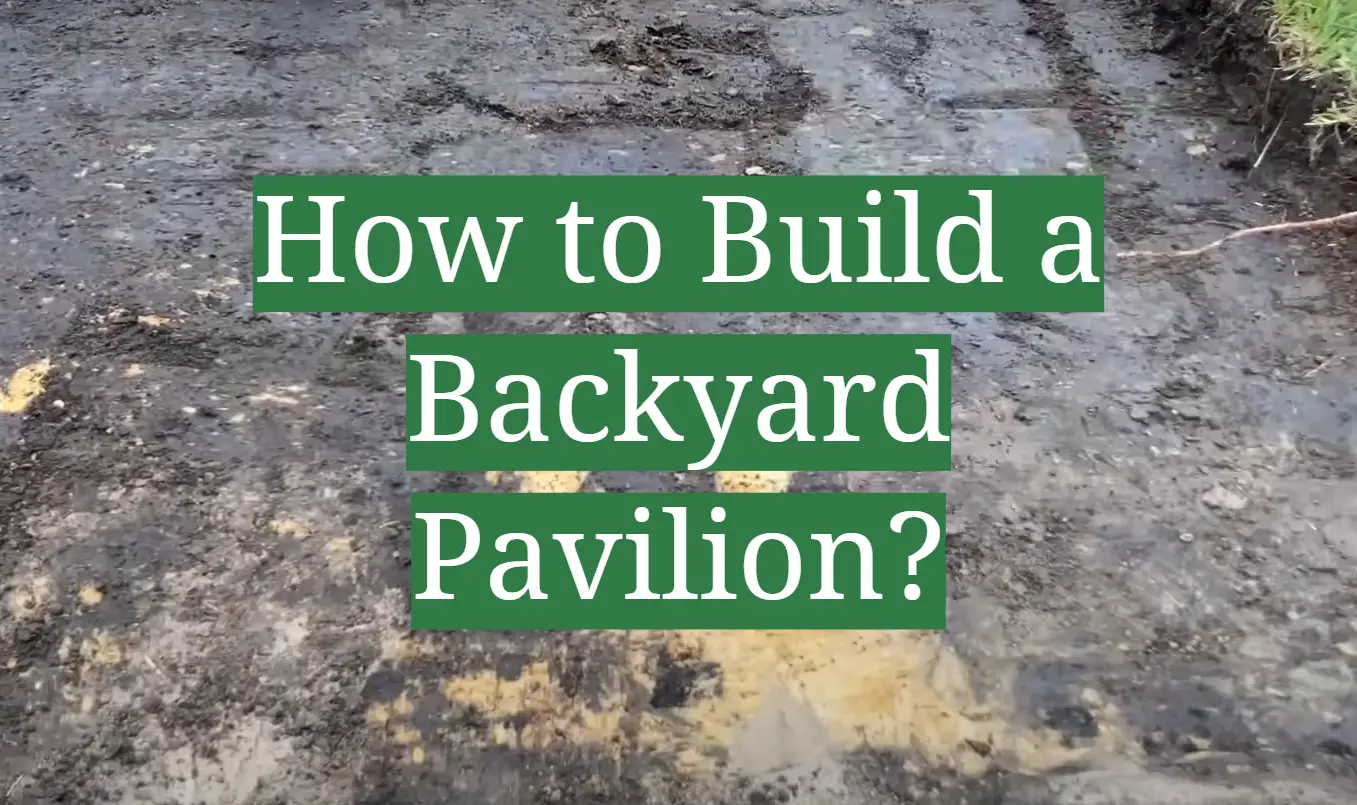
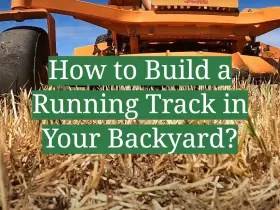
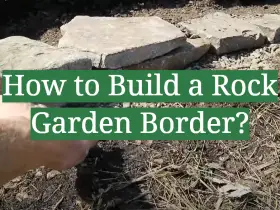
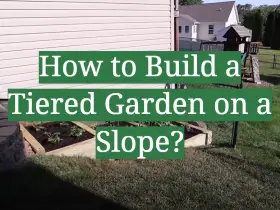
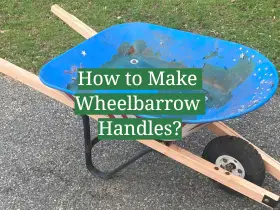
Leave a Reply
View Comments